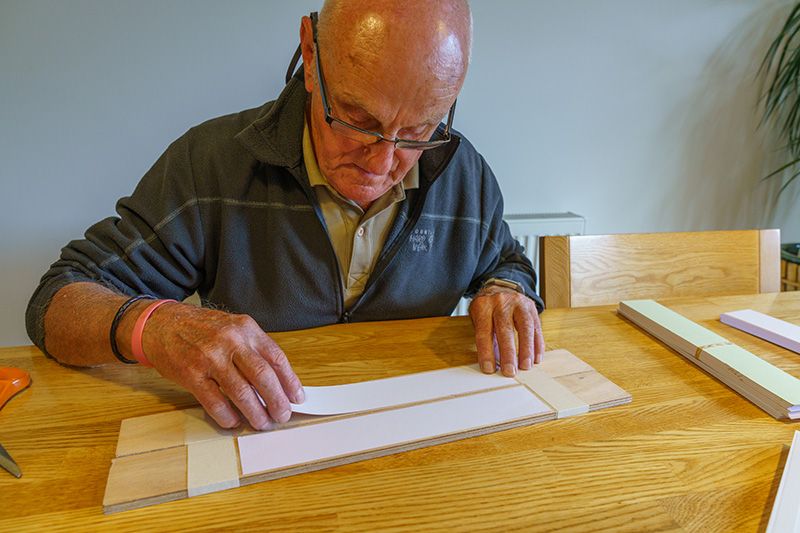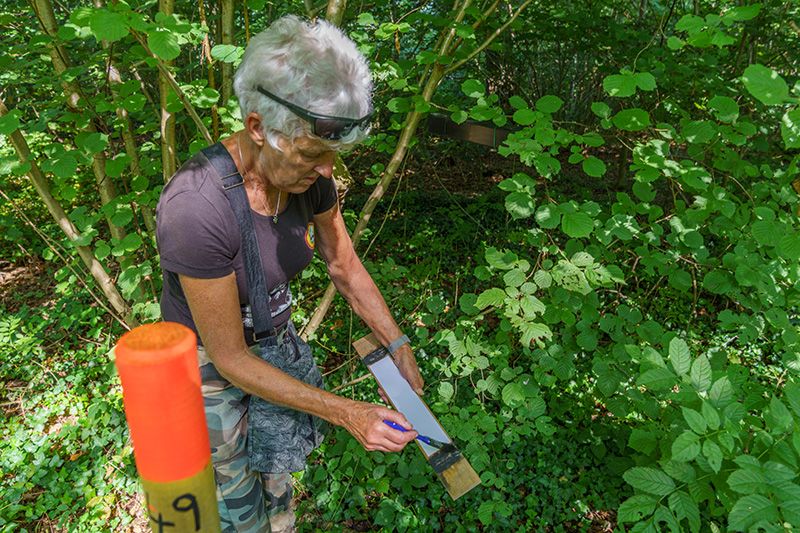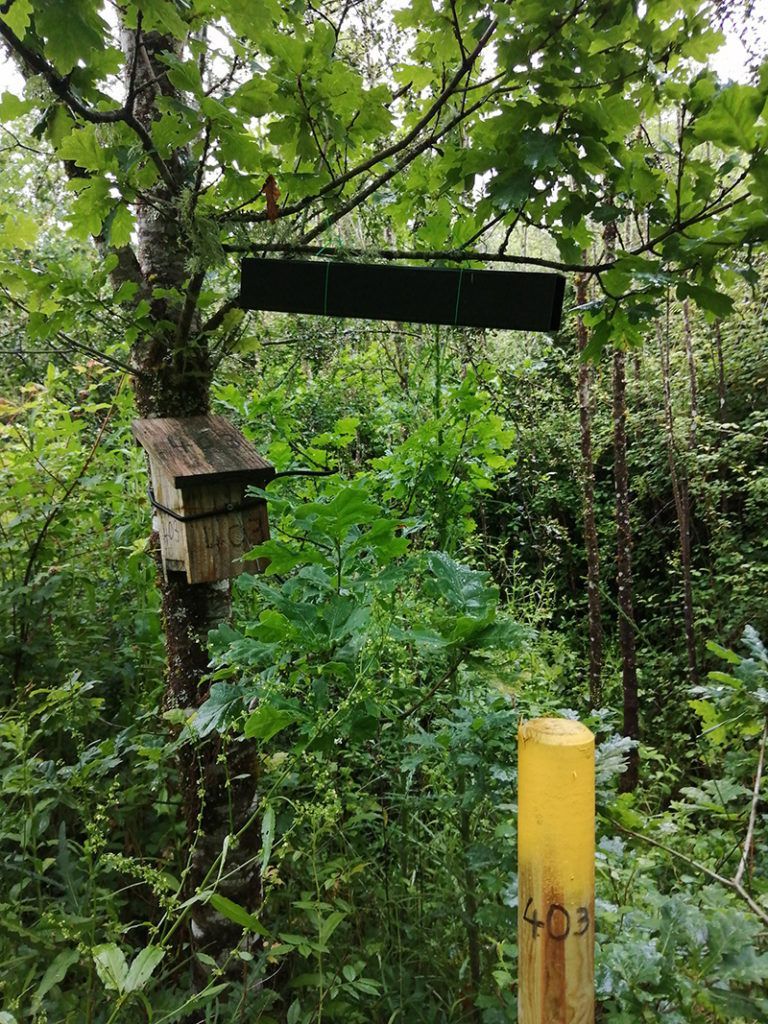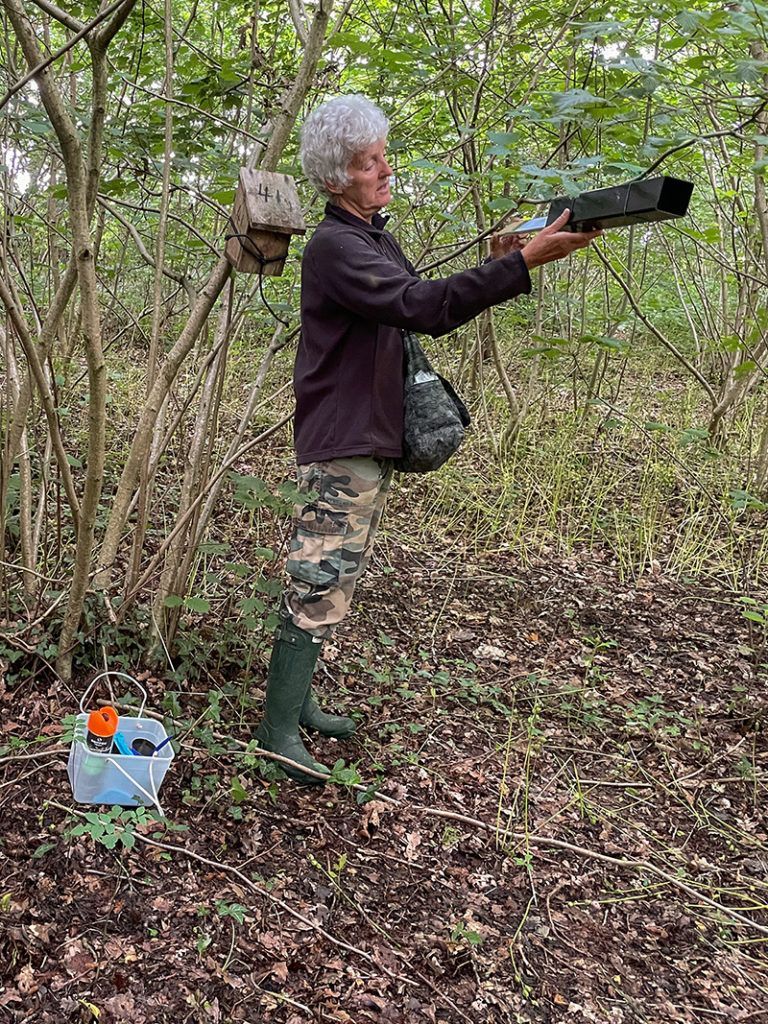The woodland home
Hazel dormice are well-known for their sleepy habits and are always on the look out for somewhere to snooze. We put wooden nest boxes in woodlands where they live which provides extra places for them to take a nap, as well as a useful way for us to count them regularly and check how they’re doing. But counting dormice isn’t straightforward. And depending on what the habitat is like or the time of year – they don’t always use the boxes consistently.
PTES owns and looks after a beautiful nature reserve of the Isle of Wight. There’s lots of semi-natural ancient woodland, pasture, fields and ponds. Criss-crossing the fields are dense hedgerows with lots of fruiting shrubs and trees. Light reaches the forest floor in areas where we’ve taken down dense trees, and also along the wide rides or trails that run throughout the wood. It’s a lovely place and home to a large population of the island’s dormice.
Locating dormice with footprint tunnels
But we don’t always find the dormice using our nest boxes. Have they moved away? Or are they just sleeping in other spots in the same woodland patches?
So we’ve started using footprint tracking tunnels – alongside every nest box – in two sections of our wood. One is predominantly hazel coppice with some large oaks. Ed’s Wood – the second site, named after Ed Goode who worked at PTES and was passionate about all wildlife – is newly planted and dense with bramble. We set the footprint tunnels up in the summer and will check them, along with the boxes, every two weeks until winter. We’re looking forward to sharing our findings with you next year, but the early results indicate that even when the boxes are empty, hazel dormouse are around, scrambling through the shrubs, leaving little prints in our tunnels.




